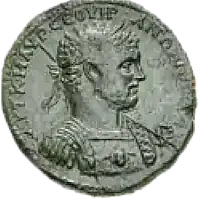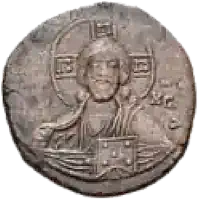Ancient Greek, Roman, and Byzantine Coins: Stories from the Past

Imagine holding a coin that once passed through the hands of an emperor, a soldier, or a merchant on a bustling ancient street. Ancient coins are more than just metal—they are stories frozen in time. Among the most fascinating are Ancient Greek, Roman, and Byzantine coins, which reveal the artistry, politics, and culture of the world’s most influential civilizations.
Ancient Greek Coins: Art and History in Your Hand

The Greeks were among the first to turn coins into miniature works of art. Minted as early as the 6th century BCE, Ancient Greek coins celebrated gods, goddesses, and heroic myths. Each city-state had its own style, making Greek coins as diverse as the culture itself.
Highlights of Ancient Greek Coins
- Silver tetradrachms featuring Athena and the owl of wisdom.
- Depictions of mythological figures like Zeus, Poseidon, and Pegasus.
- Exquisite hand-carved dies showcasing early artistic mastery.
Learn more about ancient coin history at the British Museum.
Ancient Roman Coins: Power Cast in Metal

Ancient Roman coins were a symbol of authority and propaganda. Every denarius and aureus told a story: military victories, monumental buildings, and the faces of emperors who wanted their image to live forever.
Fascinating Features of Ancient Roman Coins
- Portraits of emperors like Augustus, Nero, and Constantine.
- Inscriptions celebrating military conquests and public works.
- Symbols of Roman authority carried across the empire’s vast trade routes.
To see real examples, visit the Metropolitan Museum’s Roman Coin Collection.
Byzantine Coins: Faith and Transformation

When the Roman Empire shifted eastward, the Byzantine Empire gave coins a new voice—one of faith. Christian imagery, intricate gold pieces, and royal portraits made Byzantine coins a fusion of political and religious identity.
Key Traits of Byzantine Coins
- Depictions of Christ, the Virgin Mary, and Christian symbols.
- Gold solidus coins that became a trusted trade standard for centuries.
- Emperors shown in ceremonial robes and religious poses.
Explore more about Byzantine coinage on Wikipedia.
Frequently Asked Questions About Ancient Coins
What are the most famous ancient Greek coins?
The Athenian tetradrachm is among the most recognized, featuring Athena and the iconic owl symbolizing wisdom and protection.
How did ancient Roman coins spread across Europe?
Roman coins traveled through trade, military campaigns, and taxation, reaching nearly every corner of the empire and beyond.
Why are Byzantine coins historically important?
They reflect the empire’s shift to Christianity and its role as a bridge between the ancient and medieval worlds.
A Glimpse into History
From the artistry of Greek coins to the imperial power of Roman coins and the spiritual symbolism of Byzantine coins, these relics connect us to the lives of those who shaped history. They are reminders of the trade, culture, and faith that built the ancient world.
Curious about other fascinating coins? Explore more world coins and historical artifacts and discover the stories behind the coins that defined civilizations.

 '
' 


